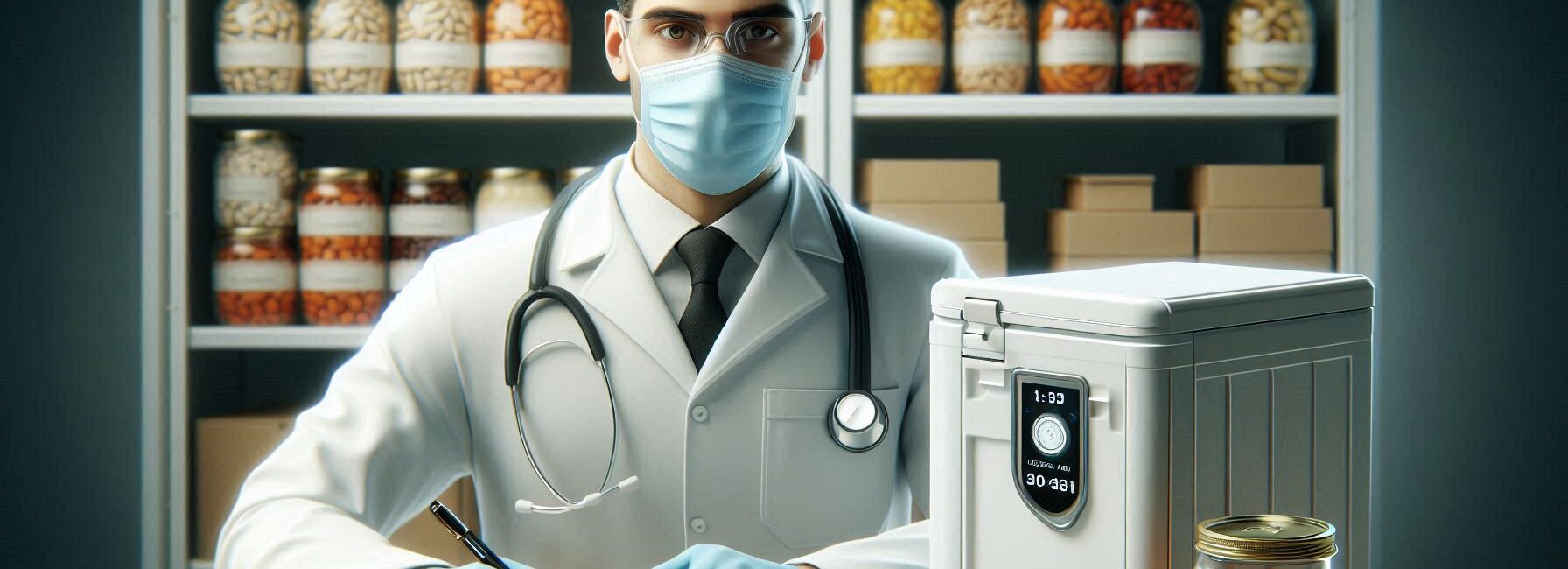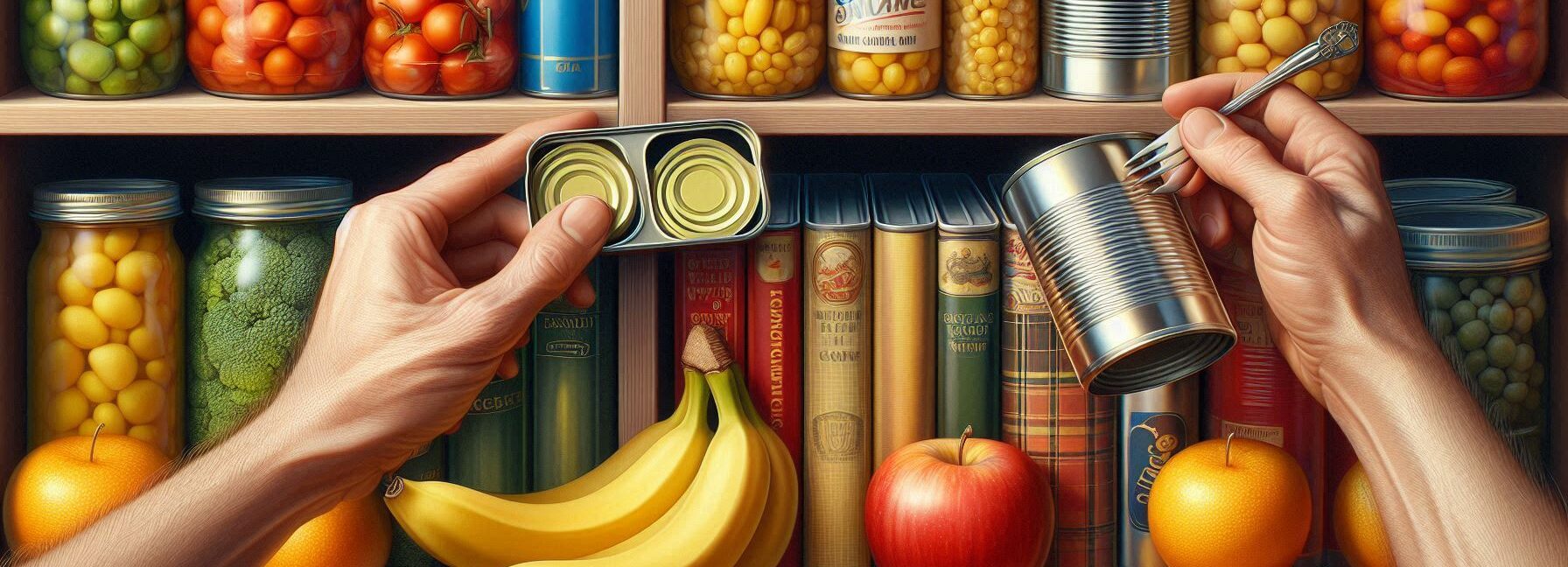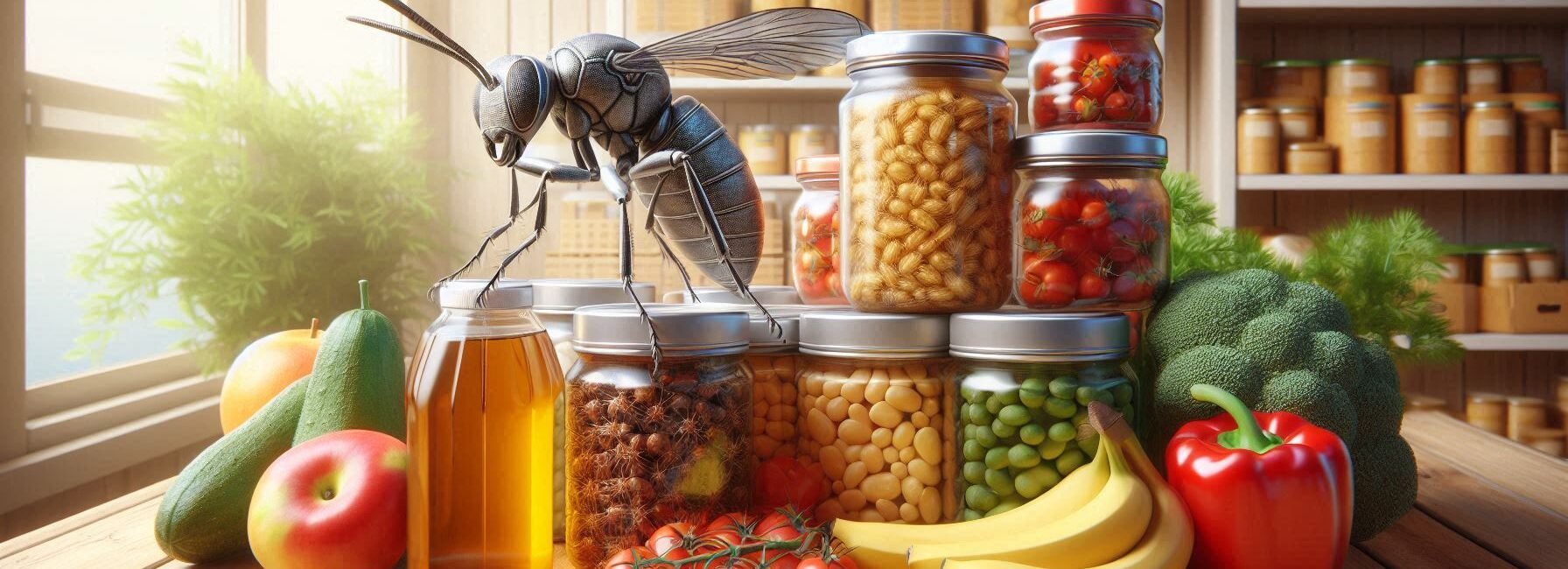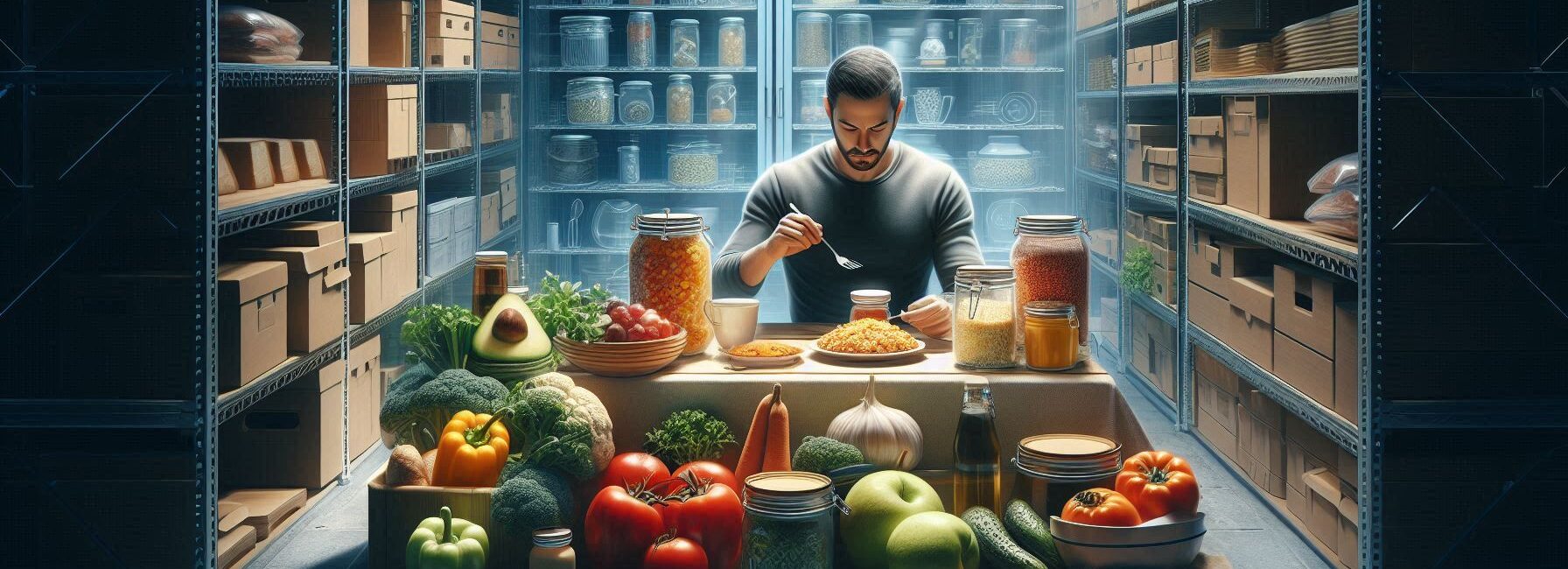Please Note: This post may contain affiliate links. If you click one of them, we may receive a commission at no extra cost to you. As an Amazon Associate, I earn from qualifying purchases.
Last Updated on November 1, 2025 by Kevin Collier
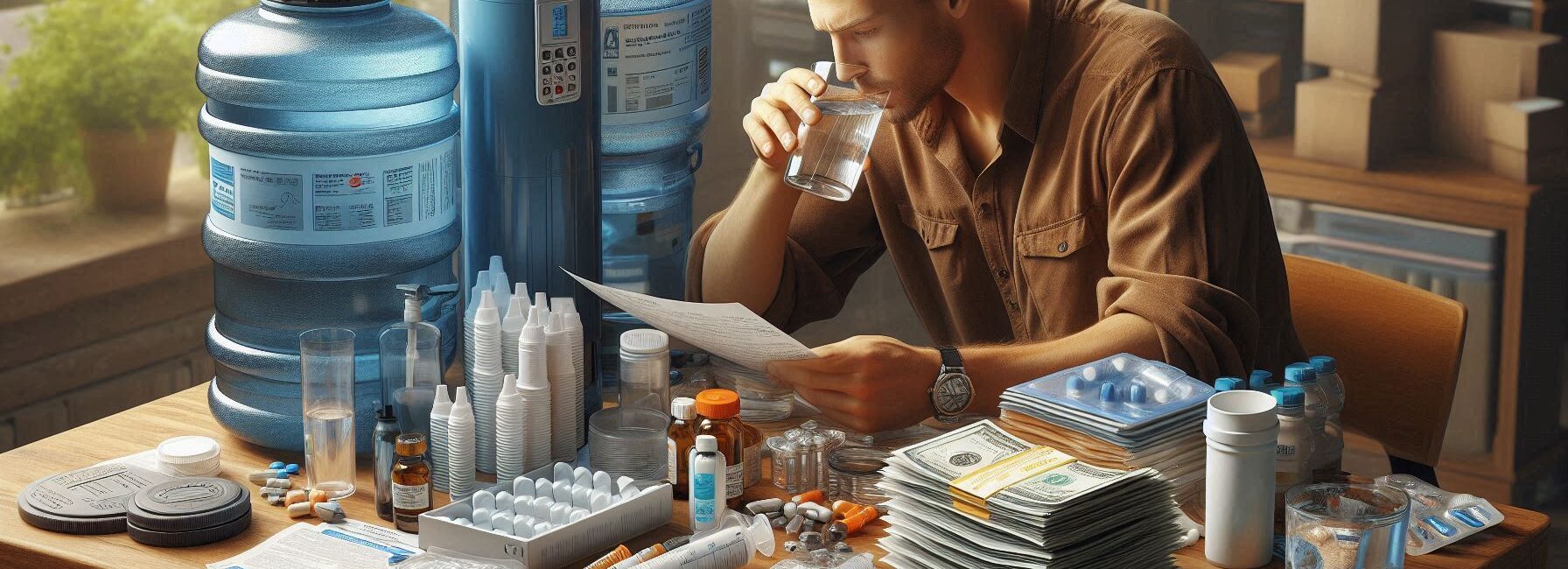
Top Takeaways and Key Concepts
Match water filters and purification tablets to the threat: bacteria, protozoa, or viruses.
Stock at least two reliable filter types and a generous supply of purification tablets.
Store gear in an accessible location and include spare parts for filters and cartridges.
Mark expiration dates and rotate tablets and filters regularly to ensure readiness.
Practice using filters and tablets ahead of time to ensure confidence under stress.
Water is like enchantment in the vast journey of life. We need it all around! Clean drinking water is really vital, whether you're climbing a mountain or just trying to get through your neighbor's never-ending barbecue (seriously, how many hot dogs can one person eat?).
But what do you do when the water stops flowing? Oh no! This is where water filters and pills for cleaning water come in. They are like the superheroes of staying hydrated. You can't see them, but they're working hard to keep you safe and hydrated!
Let's speak about how to get a lot of these important things. You want to be prepared, right? Get a decent water filter first. There are many different kinds. Some can be attached to a water bottle, while others can be used at home. Pick one that works for you.
Next, think about tablets that clean. They're little but strong! Put one in a jar of water, wait a short bit, and boom! Water that is clean. Great for when you're not home or in an emergency.
If you have these items, you won't have to worry about being thirsty or worried if something goes wrong. You'd say, “I can do this!” Believe me, that emotion changes everything.
Don't forget about these water needs when you're making plans and getting ready. They're really useful, and you'll be glad you thought ahead. When life throws you a curveball, nothing feels better than knowing you have what you need!
Understanding Water Contamination

Before we talk about stocking up, let's talk about why you need filters and tablets in the first place. You would think that something that looks clear is safe, right? Well, not always!
*** Shop for Survival Gear - Tools - Kits ***
Survival Gear - Bags and Backpacks - Knives - Boots/Footwear - Communication
Outdoor Cooking - Gloves - Hydration - Dry Boxes - Water Filtration Systems
Tents - Sleeping Bags - First Aid Kits - Multi-Tools - Flashlights - Fire Starters
Navigation - Survival Food - Night Vision - Headlamps - Stun Guns - Binoculars
1. Types of Contaminants: Water can include all kinds of bad things, such germs, viruses, parasites, and even those tiny particles that make your coffee taste like dirt (literally). It doesn't mean it's clean just because it shines!
2. Sources of Contamination: Consider where your water originates from. Even though rivers may look clean, they can be home to tiny creatures that would love to hold a party in your gut. And don't even get me started on the supplies from the city; they occasionally use chemicals on our water that sound like they belong in a sci-fi movie.
3. Why Clean Water Is Important: You need to drink enough water to stay alive. If you don't drink enough water, you might get headaches, feel tired, and want to lie down on the floor and think about your life choices. Trust me, I've been there.
Choosing the Right Filters
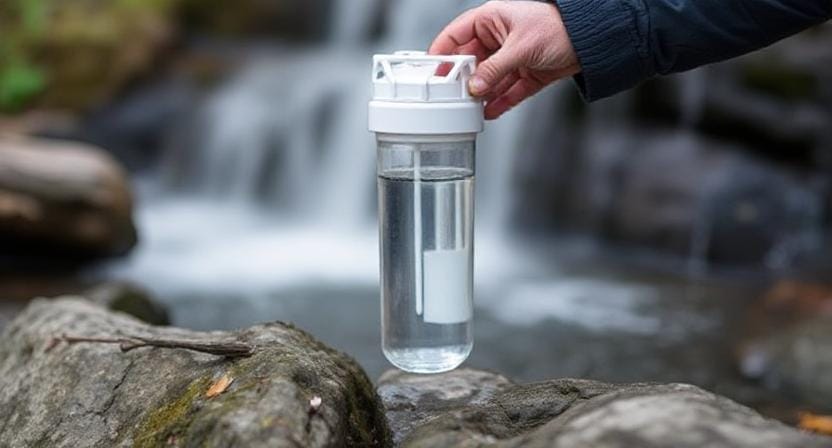
Now that we know why clean water is important, let's move on to picking the best filters for your stockpile.
1. Types of Filters: There are many different kinds of filters. Activated carbon filters are fantastic for getting rid of chlorine and increasing taste. Ceramic filters are great for getting rid of germs and protozoa. It would be great if there was a filter for poor jokes too!
2. Portability is important: If you want to go into the woods or survive an apocalypse (which I hear is all the rage), think about portable choices like straw filters or pump systems that are easy to carry.
3. Lifespan: Different filters last for different amounts of time depending on how often they are used and how well they are taken care of. Some last longer than others because of their design and the amount of sludge they have to deal with. Follow the manufacturer's instructions at all times so you don't get stuck in a tough spot.
4. Cost vs. Quality: When you shop around (or hoard—I mean stockpile), keep in mind that cheaper isn't necessarily better! A filter that is manufactured well can cost more at first, but it will save you a lot of trouble later when you are trying to avoid giardia infections.
The Amazing Power of Purification Tablets
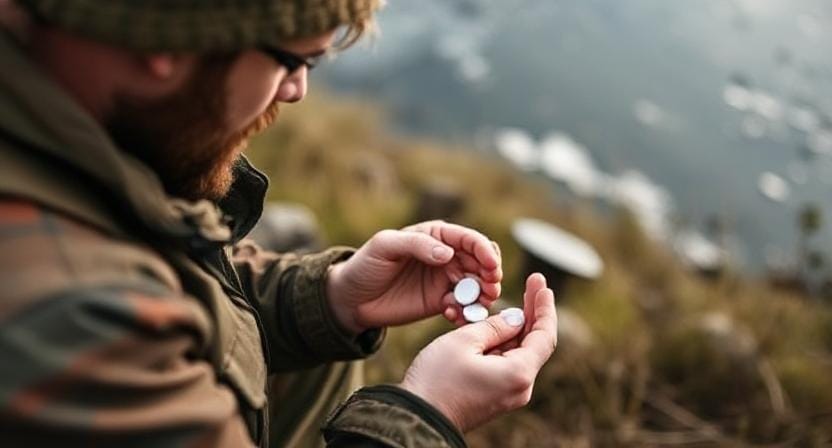
Filters are great, but occasionally you need a backup. That's where purification tablets come in! These simple things can make water that looks dirty safe to drink without worrying about what might come out later.
1. How They Work: Chlorine dioxide or iodine are the main active elements in most purification tablets. When used correctly, they destroy germs and viruses quite well. It's like handing bacteria a one-way ticket to leave town!
2. Simple to Use: They are easy to use! Simply put a pill in the water you think is dirty and wait around 30 minutes before drinking it like a king at a banquet (without the beautiful goblets).
3. Awareness of Shelf Life: It's interesting to note that purification tablets actually have expiration dates—who knew? Make sure yours are fresh, because utilizing old tabs could lead to bad things, like drinking swamp liquid.
4. Tips for storing them: Keep them in a cool, dry spot out of direct sunlight. No one wants their emergency supplies to turn into scientific projects because they weren't stored properly!
Making a Plan For Your Stockpile
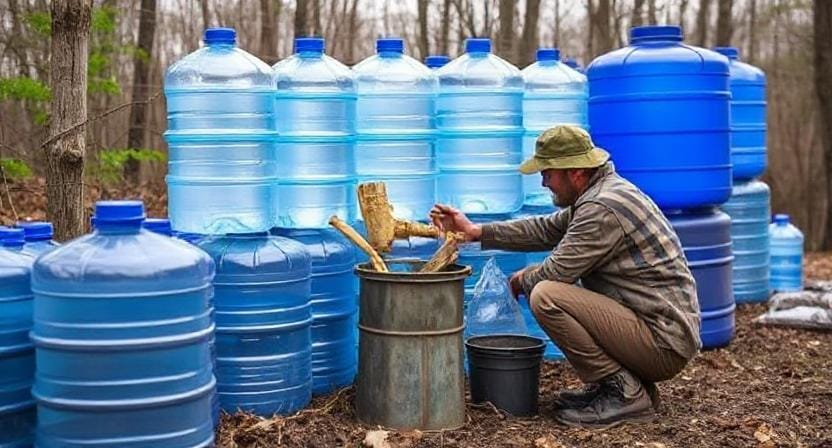
Now that we know what equipment we need to get clean drinking water, let's talk about how to construct this great stockpile.
1. Figure Out What You Need: Start by figuring out how much water you'll probably need in an emergency. A good rule of thumb is to aim for at least one gallon per person per day.
2. Don't store all your supplies in one place: Don't put all your “water bottles” in one basket! Put together a lot of various kinds of filters and purification tablets so that you are ready for whatever that Mother Nature throws at you.
3. Check your inventory regularly: As time goes on (and trust me, it will), check on your supplies from time to time! Move older goods to the front and add new ones as needed. A little maintenance goes a long way toward being ready when calamity strikes.
4. Learn and teach: Share what you know with friends or family members who might also want to know how to purify their own water. You could even have an impromptu survival session over snacks!
Keeping Your Supplies Safe
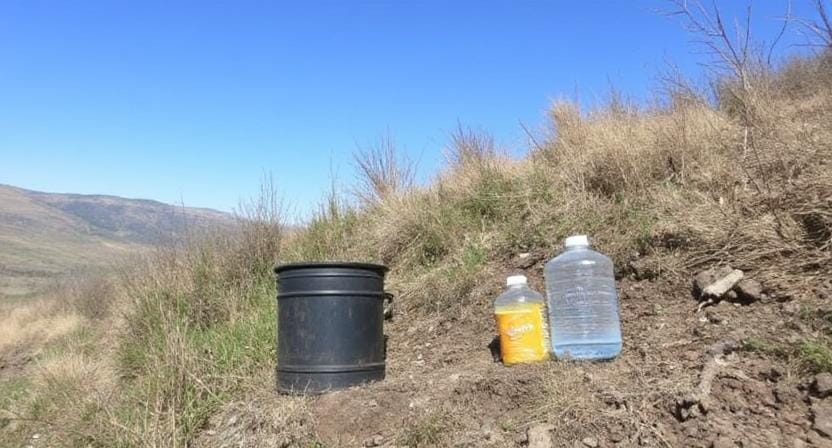
Finally, and maybe most significantly, you need to keep everything correctly because no one wants to find moldy filters that will ruin dinner plans!
1. Find a place in your home that is cool (not chilly!) and dry. Basements are usually good for this, but if yours looks like something out of a horror movie where creepy crawlies grow, it won't work.
2. The containers are important too! Put everything in airtight containers and label them properly so that everyone knows what they are, even if it's just you after midnight while you're raiding the snacks!
3. Avoiding Sunlight Exposure: Keep things out of direct sunlight, which may damage materials faster than I can resist cookies at holiday parties!
4. “Periodic Maintenance Checks”: Last but not least, don't forget to run those checks again every few months to make sure nothing has gone wrong since the last time. Checklists are also a great way to keep track of everything! .
Conclusion
So, you're ready to take on the world now! Getting the things you need is like putting on a superhero cape. Whether you're camping in the woods or just getting through a busy week at home, you'll be ready for anything.
Having access to clean water and other important resources makes life easier. Think about being outside, feeling the wind on your face, and knowing you have everything you need with you. It feels good!
It's important to drink enough water. Water is your best buddy. You feel wonderful and have more energy when you drink enough. It's hardly fun to be tired or grumpy, is it?
Getting things ready is useful in everyday life as well. When life throws you a curveball, those tiny things can make a tremendous impact. It's like going on a nice trip with snacks and drinks ready!
Think about what else you could need as you make plans for what to do next. Some entertaining food for a hike could be nice. Or a torch for those warm nights outdoors. Every little bit helps!
Have fun on your trips. A lot of things are out there just waiting for you to find them. You can handle everything that comes your way as long as you have your supplies and your mind set. Don't be afraid! Just happy.
Frequently Asked Questions
How many water filters should I stockpile?
Most preparedness guides recommend at least two reliable filter types plus compatible replacement cartridges for each so you have redundancy if one fails.
Do purification tablets expire?
Yes. Tablets have expiration dates and should be rotated regularly. Old tablets may not deliver full disinfecting power.
What contaminants do filters and tablets remove?
Ceramic and carbon filters target protozoa, bacteria, and sediment. Tablets can neutralize bacteria, viruses, and protozoa when used correctly.
Are tablets enough without a filter?
Tablets work well for biological disinfection, but filtration is best for removing sediment and improving taste before chemical treatment.
Where should I store tablets and filters?
Keep them in a cool, dry, dark location in airtight containers to protect against moisture and heat degradation.
How often should I rotate my water purification stock?
Inspect supplies every few months, move older items forward, and replace any expired tablets or compromised filter parts.
Should I practice using my filters before an emergency?
Yes. Testing equipment ahead of time increases skill, reduces stress, and ensures you know how each unit functions under pressure.
Suggested Resources:
Water Filter Buying Guide
https://www.rei.com/learn/expert-advice/water-filters.html
How To Purify Water Using Chemicals
https://www.cdc.gov/healthywater/drinking/travel/purifying-water.html
Survival Water Filtration Methods
https://www.survivopedia.com/survival-water-filtration-methods/

Kevin Collier is a seasoned survivalist and expert in prepping and homesteading, contributing to WiseSurvive.com. With a deep-rooted passion for self-sufficiency and outdoor survival skills, Kevin shares practical advice, strategies, and resources to help individuals prepare for any challenge. His informative articles cover a range of topics, from essential survival techniques to sustainable living practices, empowering readers to thrive in any situation. Whether you're a novice or a seasoned prepper, Kevin's insights will inspire you to take charge of your readiness and build resilience for the future.

